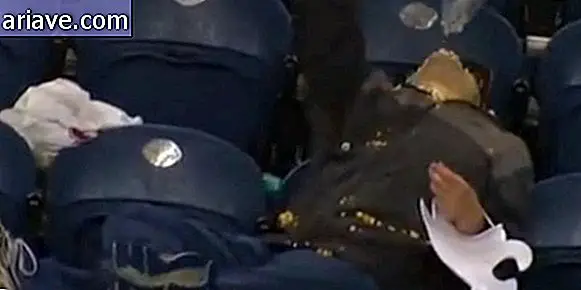In future, probes sent to Mars may be smaller than grains of sand

Today, the Curiosity spacecraft is in the Mars soil looking for important elements for space research - being devoted to soil and Martian surface analysis. The size of a car, the probe carries a lot of weight on tools, which makes transporting it to the Red Planet very expensive. But in the future, NASA may change - and a lot - these patterns.
Already, ways are being studied to modify the type of robot used in the analysis of the planets. In place of large probes, nanorobots could be the tools for capturing information about the soil and other Martian regions. According to PopSci magazine, John Baker (a Scottish physicist) stated that it would be possible to cover thousands of square kilometers with just a "cloud" of 30, 000 robots.
A "cloud" would be placing a huge amount of nanorobots on the planet's surface, using the gravity of Mars to facilitate movement while still in the air. For ground movements, scientists would apply small retractable structures that would allow small "steps" for robots - at very low speeds, of course.
How are the surveys?
So far, the smallest functional concept ever built is 60 centimeters. For this to be scaled down to the desired scale, scientists need nanotubes that can move and rearrange - so several nanorobots could come together to perform functions of antennas and other equipment, for example.

The forecast is a bit modest. According to current expectations, the first nanorobots could only be carried into space three or four decades from now. In addition to their construction, it is still necessary to develop technologies capable of protecting them from Martian radiation, which can be the major challenge of the project.
If technology proves to be a good fit for NASA, there's no doubt about 50 years from now that little robots are traveling to other planets. But for now, we continue with Curiosity's analysis.











